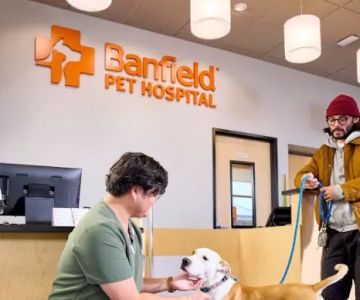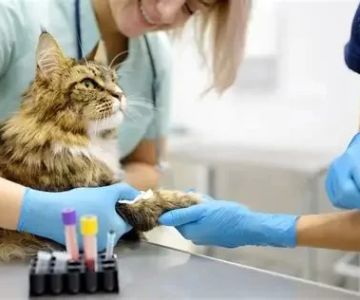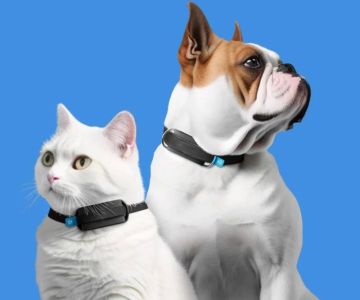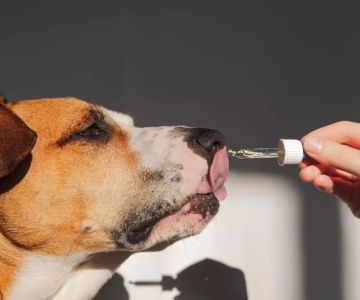- why-pet-heatstroke-is-a-serious-threat-in-the-u-s-summer
- understanding-the-early-warning-signs-of-heatstroke
- key-prevention-strategies-every-pet-owner-should-know
- real-case-lessons-from-u-s-pet-owners
- vet-recommended-actions-for-safe-summer-care
- hidden-brook-veterinary-your-trusted-summer-partner
1. Why Pet Heatstroke Is a Serious Threat in the U.S. Summer
In many parts of the U.S., summer temperatures soar above 90°F, posing a severe threat to pets—especially dogs and cats. Unlike humans, pets can’t sweat to cool off. They primarily regulate heat through panting, which becomes ineffective in extreme heat or humidity. How to prevent heatstroke in pets during summer months in the U.S. is not just a helpful tip—it’s a lifesaving necessity.
According to data from the ASPCA, thousands of pets suffer heat-related illnesses annually, many of which are avoidable. Heatstroke in pets can escalate quickly and be fatal if not recognized and addressed early.
2. Understanding the Early Warning Signs of Heatstroke
2.1 Key Symptoms to Watch For
Common signs include excessive panting, drooling, reddened gums, rapid heart rate, lethargy, and even vomiting or collapse. In cats, symptoms can be more subtle, such as restless behavior or breathing with an open mouth.

5900 Carlisle Pike, Mechanicsburg, PA 17050, USA
See Details2.2 Breeds and Pets Most at Risk
Flat-faced breeds like Bulldogs, Pugs, and Persian cats are especially vulnerable, as are senior pets and those with underlying health conditions. Always be cautious during outdoor walks or car rides in hot weather.
3. Key Prevention Strategies Every Pet Owner Should Know
3.1 Hydration is Non-Negotiable
Keep fresh, cool water available at all times. Add ice cubes or use a pet-safe water fountain to encourage more drinking. Dehydration accelerates heatstroke, so hydration is your first line of defense.
3.2 Never Leave Pets in Cars—Ever
Even a few minutes in a closed car can be fatal. Temperatures can climb over 120°F in under 10 minutes, even with cracked windows. If you can’t bring your pet inside, leave them at home.
3.3 Schedule Walks Wisely
Plan walks for early morning or late evening when the pavement is cooler. If you can't hold your hand comfortably on the pavement for five seconds, it’s too hot for your dog’s paws.
3.4 Cooling Tools & Products
Use cooling mats, fans, frozen treats, and shaded outdoor areas. You can also lightly mist your pet’s coat with water or use cooling vests for high-risk animals.
4. Real Case Lessons from U.S. Pet Owners
In Phoenix, Arizona, a Labrador named Jasper collapsed during a midday hike in July. His owner, Megan, had brought water but underestimated the impact of radiant heat from the ground. Jasper required emergency IV fluids but thankfully recovered. “It was a wake-up call,” Megan said. “I’ll never take summer outings lightly again.”
Stories like this highlight how quickly heatstroke can develop—even in pets that appear healthy and active.
5. Vet-Recommended Actions for Safe Summer Care
5.1 Know Emergency Protocols
If your pet shows heatstroke symptoms, move them to a shaded or air-conditioned space, apply cool (not cold) water to their fur, and contact your veterinarian immediately.
5.2 Maintain Routine Checkups
Summer is a good time to assess your pet’s overall health. Vets can detect issues like obesity or heart conditions that may increase heat sensitivity.
5.3 Adapt Diet for Seasonal Changes
Some pets benefit from seasonal diet adjustments—such as more hydrating foods or specific supplements. Always consult a veterinary professional before altering their diet.
6. Hidden Brook Veterinary: Your Trusted Summer Partner
For personalized guidance on how to prevent heatstroke in pets during summer months in the U.S., Hidden Brook Veterinary offers expert care, emergency preparedness resources, and pet-safe summer products. Their team is equipped to support pet owners through the hottest months with reliable advice and real compassion.
The best care starts with awareness. Make this summer safe, fun, and worry-free—for both you and your furry family member.











